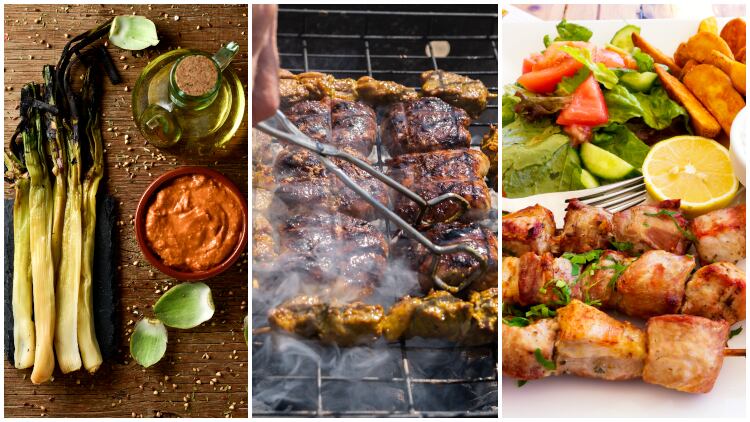It is hard to think of anything that represents the great British summer better than a barbecue in a pub garden; the smell of sizzling sausages, the first refreshing taste of a glass of Pimm’s and, of course, the irritating wasp that just won’t leave you alone.
Even if we don’t always get the weather for it, Brits are definitely a nation of barbecue lovers. According to National BBQ Week, the UK is Europe’s leading barbecue nation, hosting more than 135m grills in 2017 alone. With the overall alfresco eating and entertaining market worth just over £7.6bn, up from £150m back in 1997, this is one food trend pubs can ill afford to ignore.
The difficult part, however, is making your barbecue offering stand out from the rest. A sad-looking patty and some overcooked sausages just aren’t going to cut the mustard when competition is so fierce. Thankfully, barbecued food is a staple in pretty much every corner of the globe, with different nations all putting their own unique spin on the grilling of meats, vegetables and more.
Here’s a round-the-world guide to barbecues to help you spruce up your offer.
Thailand
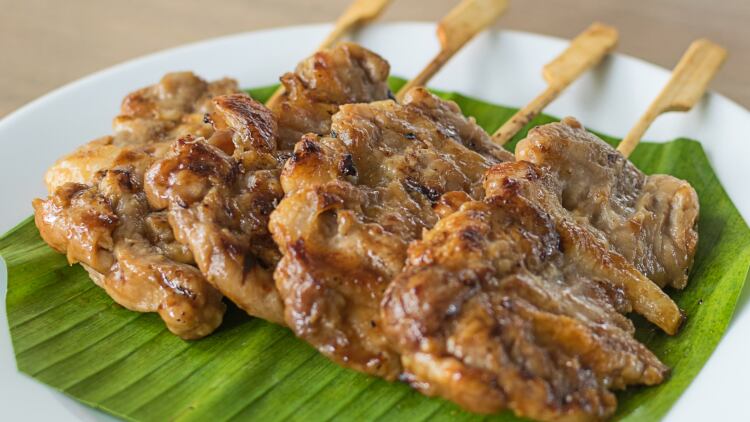
Thailand’s barbecue cuisine is similar to that found across all of south-east Asia, with pork, chicken and fish being the major components. Higher end, more premium venues will serve dishes such as pla pao (a whole grilled fish stuffed with lemongrass stalks and kaffir lime leaves and coated in salt) and yam pra-muek (a spicy squid -based salad).
However, on the bustling streets of Bangkok, street food is king, and dishes are prepared in the flash of an eye over searing hot pans and grills for drunk tourists and hungry locals alike. The pick of these dishes is moo ping – grilled pork collar skewers marinated in soy, fish and oyster sauces. Quick, cheap and easy to prepare, they make a great alternative to yet another burnt sausage.
Catalonia (Spain)
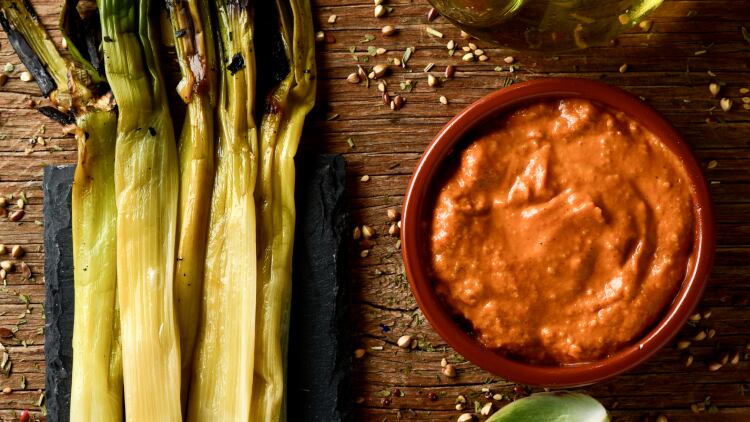
Spain might be better known for its tapas than its barbecue cuisine, but that doesn’t mean its inhabitants don’t like cooking outdoors, which is a good job given the country’s fi ne weather. In the rolling hills of Catalonia, a regional delicacy are grilled calçots – a root vegetable similar to leeks or spring onions, and harvested in the spring – dipped in Romesco sauce.
Locals will partake in traditional parties called ‘calçotadas’ where they will grill the calçots over a barbecue or an open fire. The grilled calçots are stripped by hand before being dipped in Romesco sauce (a nutty salsa made with olive oil, salt, hazelnuts, almonds, tomatoes, bread, garlic and paprika) and eaten by dangling them high above your mouth.
The theatre and novelty of calçotadas will add another dimension to an alfresco offering, as well as being an extremely tasty snack for vegetarian or vegan customers.
New Zealand
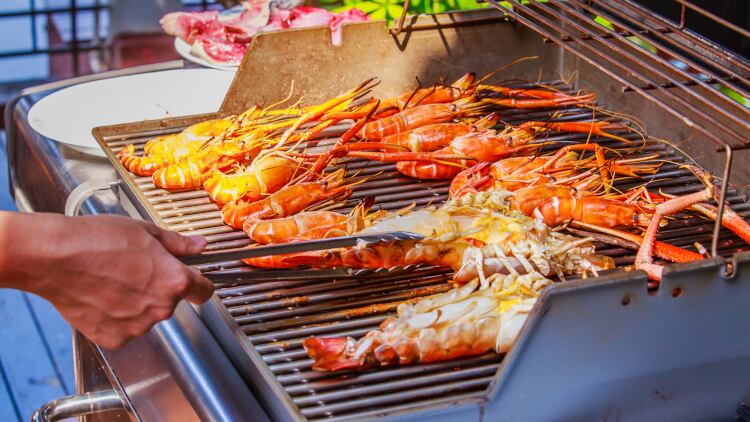
New Zealand is one of the biggest exporters of meat around the world; its green rolling landscapes are ripe for farming livestock. However, while New Zealand beef and lamb is sought the world over, it is often forgotten that fishing is an incredibly important Maori tradition, and seafood is an integral part of the country’s culinary landscape.
In the small town of Kaikoura, on New Zealand’s south island, however, there isn’t much danger of that. Having turned its back on the practice of whaling back in the 1960s, Kaikoura now specialises in super fresh seafood such as lobsters, crayfish and prawns (the name Kaikoura literally translates to ‘eat crayfish’) all of which go perfectly cooked with lemon and garlic butter on a barbecue.
South Africa
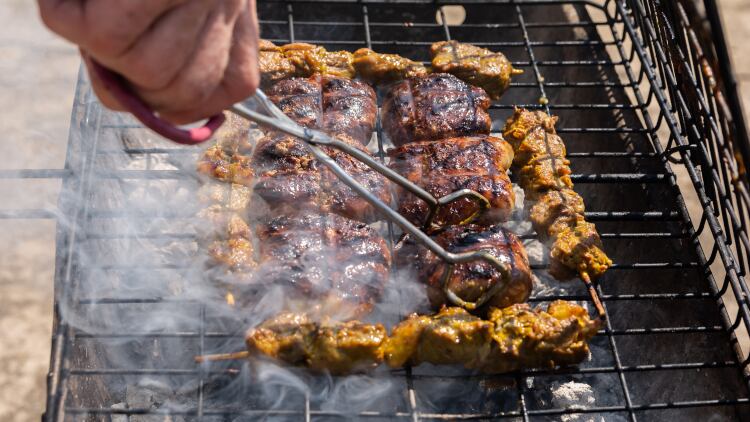
The word braai is Afrikaans for barbecue or grill and is a social custom in South Africa.
The traditions around braai can be considerably different from a barbecue, even if food preparation is very similar.
The food on a braai must be cooked over charcoal, briquettes or ideally wood, and the whole experience is designed to be a social occasion involving lots of eating, drinking and relaxing often last for hours on end.
Meats are the mainstay of the South African braai and they can typically include boerewors (sausages), sosaties (skewers), kebabs, chicken, pork and lamb chops, steaks, and ribs. Fish and Rock Lobster, commonly called kreef in Afrikaans, are also popular in coastal areas. A common side dish, the braaibroodjie, is a grilled cheese sandwich containing onions, tomatoes and apricot jam.
Greece
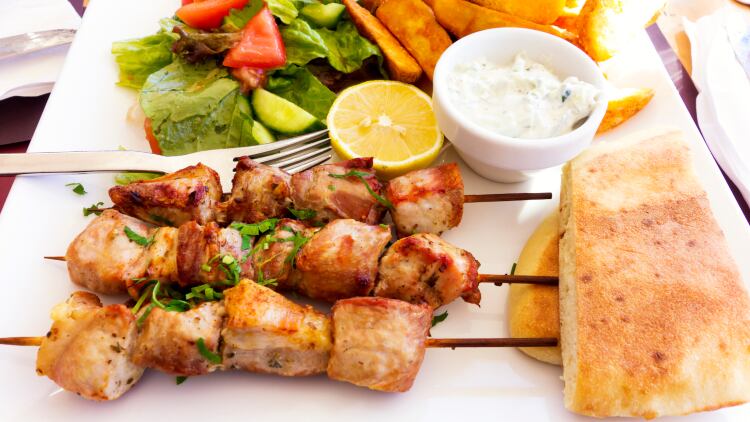
The Mediterranean climate is the perfect match for barbecue, although the overbearing summer heat means that Greek barbecue is often a lighter a air, focusing on lightly braised or grilled meats alongside roasted vegetables, salads and an assortment of breads and dips.
The most commonly cooked items at Greek barbecues are fresh fish, pork, lamb and goat, making for some incredible souvlakia (grilled meat and vegetable skewers).
Often, barbecue meat items are marinated with olive oil and citrus juice mixtures, and then garnished with various herbs and spices.
Beyond this, the Greeks also have a taste for zesty and bright salads, grilled cheeses, toasted pitta breads and extravagant garlic, mint and yoghurt-based dips. Another regional delicacy are dolmades, a great vegetarian appetizer made from tender vine leaves wrapped into little rolls and stuffed with rice and fresh herbs.
South Korea
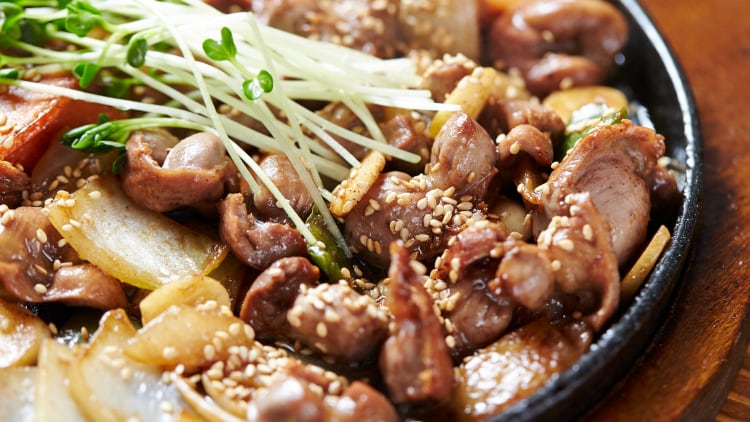
The defining feature of Korean barbecue is that dishes are often prepared on gas or charcoal grills built into the dining table itself, and customers are encouraged to pick and cook their own meats themselves.
The potential for culinary-related accidents around hot plates and grills, especially with alcohol thrown into the mix, is undoubtedly high. However, this shouldn’t put venues o trying what can be a very rewarding and interactive dining experience.
Korean barbecue itself is a culinary delight, focused on pork, chicken or beef served with various banchan (side dishes) including kimchi, stir-fried vegetables, broths and salads.
Bulgogi (literally translated as ‘fire meat’) is the most popular variety of Korean barbecue, and refers to thin, slices of beef or pork marinated with a mixture of soy sauce, sugar, sesame oil, garlic and pepper. The dish is hugely popular across South Korea where it can be found anywhere from upmarket restaurants to local supermarkets.
USA
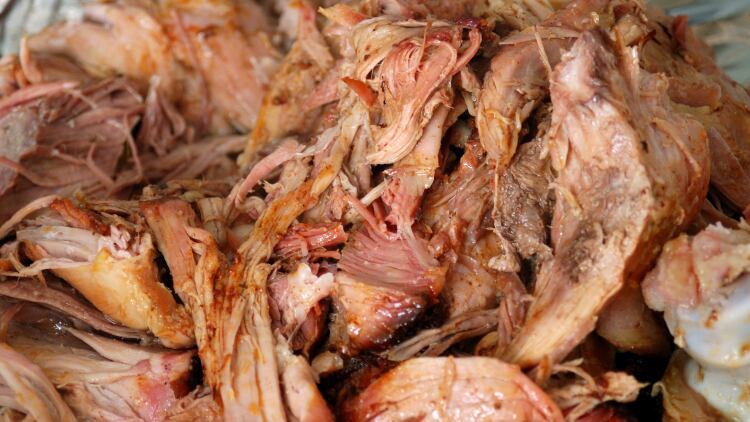
The US has a massive variety of barbecue styles, but these can broadly be split into North Carolina and Memphis, which focus mainly on pork; and Kansas City and Texas, which also uses beef.
The most famous and oldest form of barbecue in the US originates in the Carolinas. Such is the popularity of the Carolina-style barbecue that in Lexington, North Carolina, a barbecue festival attracts about 160,000 visitors each year.
Lexington-style barbecue is known for its use of only the pork shoulder, as opposed to the whole pig. The meat is rubbed with spices before smoking and is mopped with spice and vinegar during smoking. The wood used for smoking is usually a hardwood like oak or hickory. This is often served alongside a barbecue-style slaw and hush puppies (deep-fried balls made from a cornmeal-based batter).
Philippines
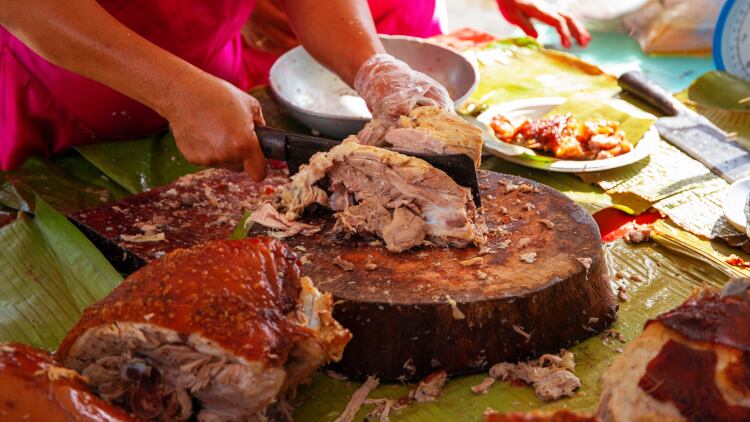
In the Philippines, lechon is both a hugely important cultural tradition and a central figure in the country’s culinary repertoire – almost all celebratory occasions are marked with the consumption of this delicious pork dish.
Philippine lechon is prepared in a similar manner to that of the Spanish-speaking islands of the Caribbean. The pig is cut from head to tail along the belly and is slow-cooked by turning over a fire.
There are two major types of lechon in the Philippines – the Manila lechon (or Luzon lechon), and the Cebu lechon (or Visayas lechon). The Luzon lechon is the simpler of the two to prepare, cooked over a wood fire with just salt and pepper, and then basted in a sauce made from vinegar, brown sugar, mashed liver, breadcrumbs, garlic and onion. The end result is beautifully crisp skinned and tender pork that makes a mockery of the British hog roast.

